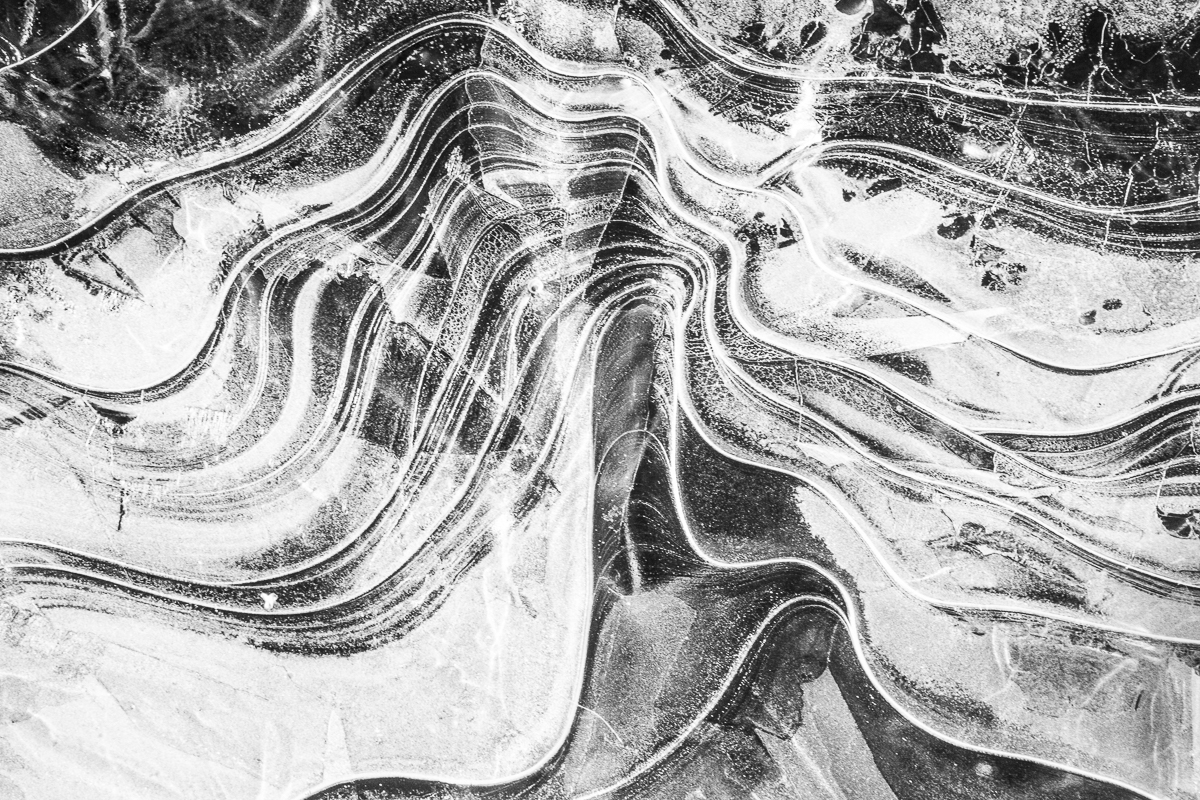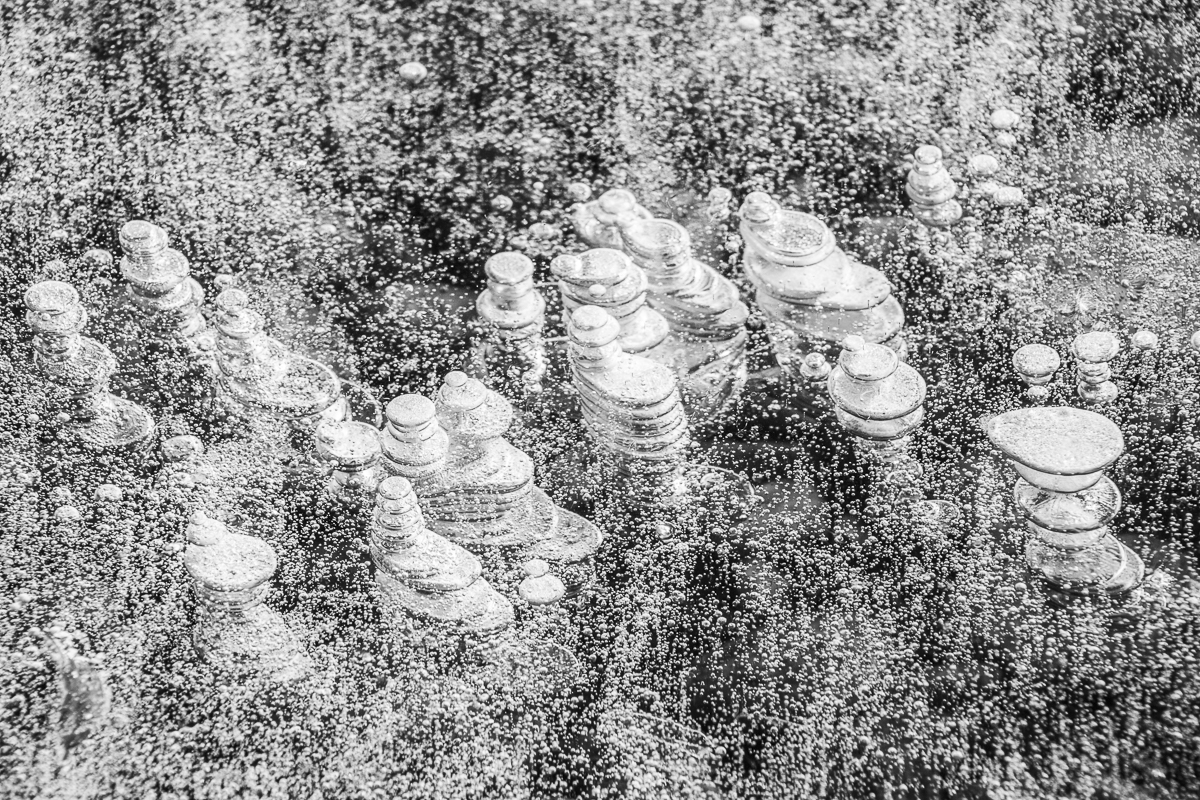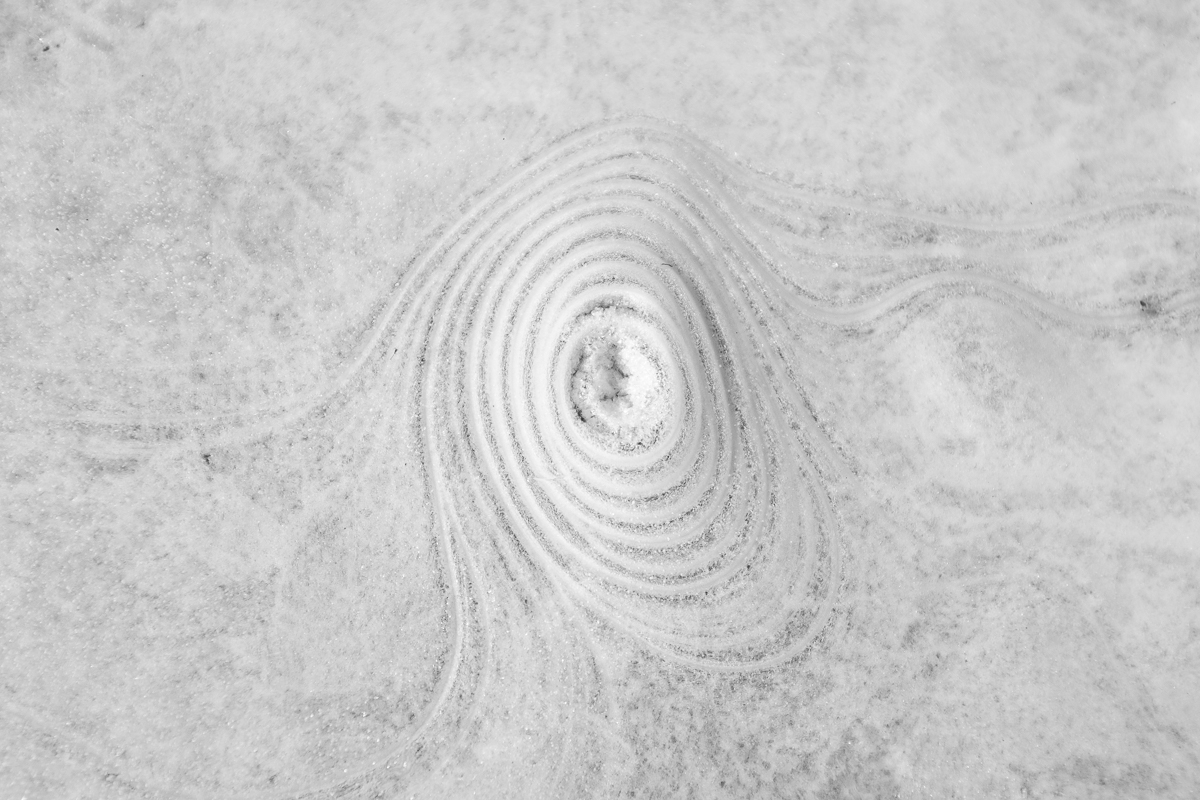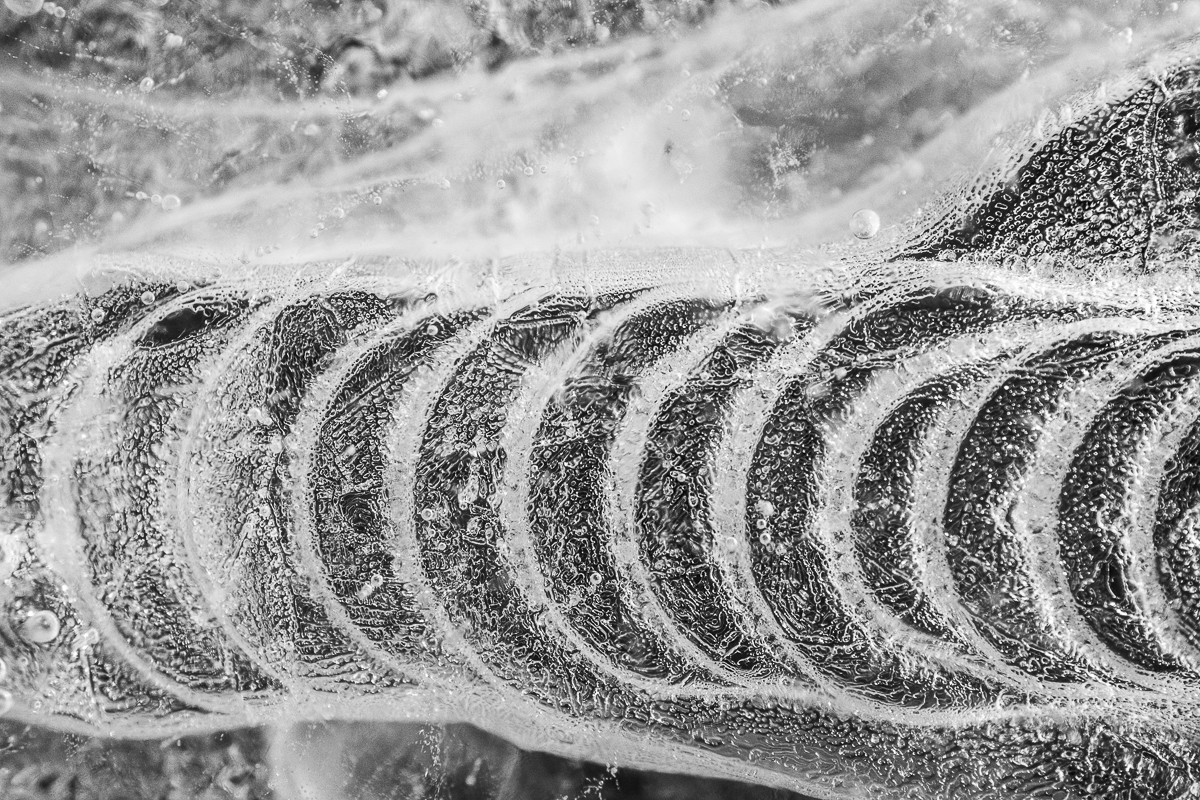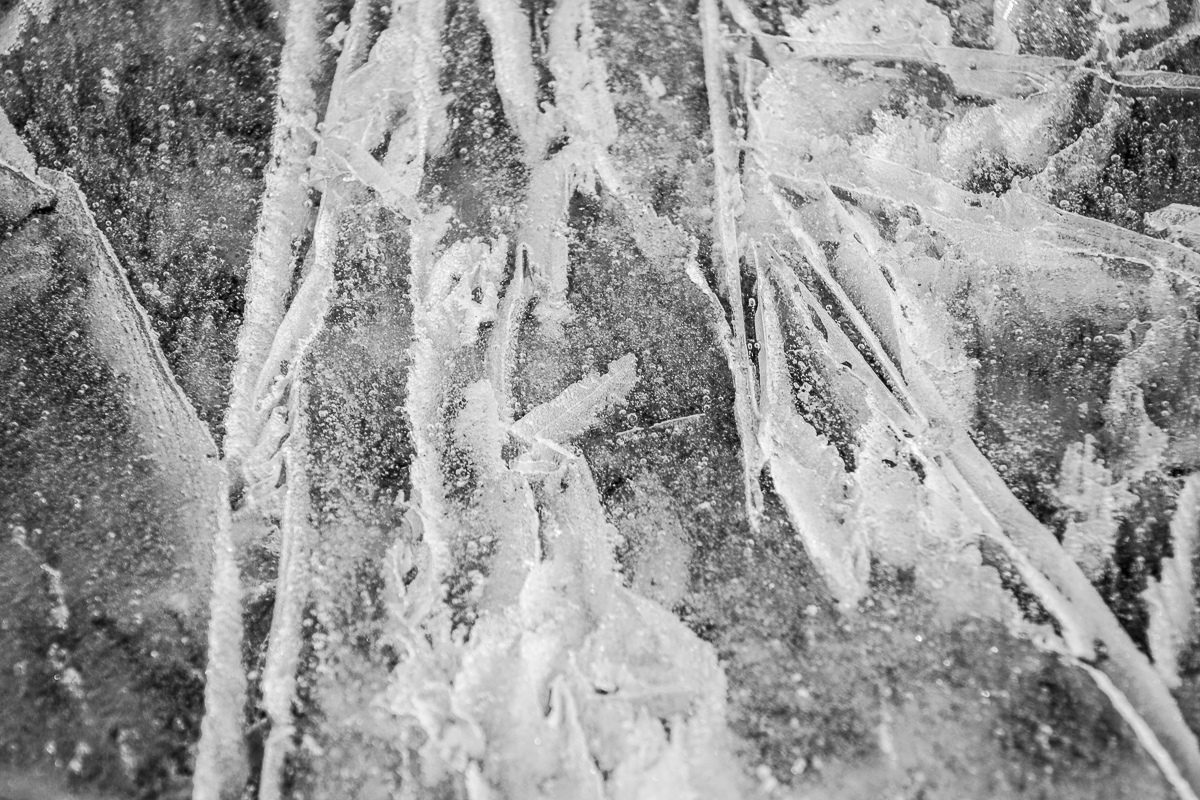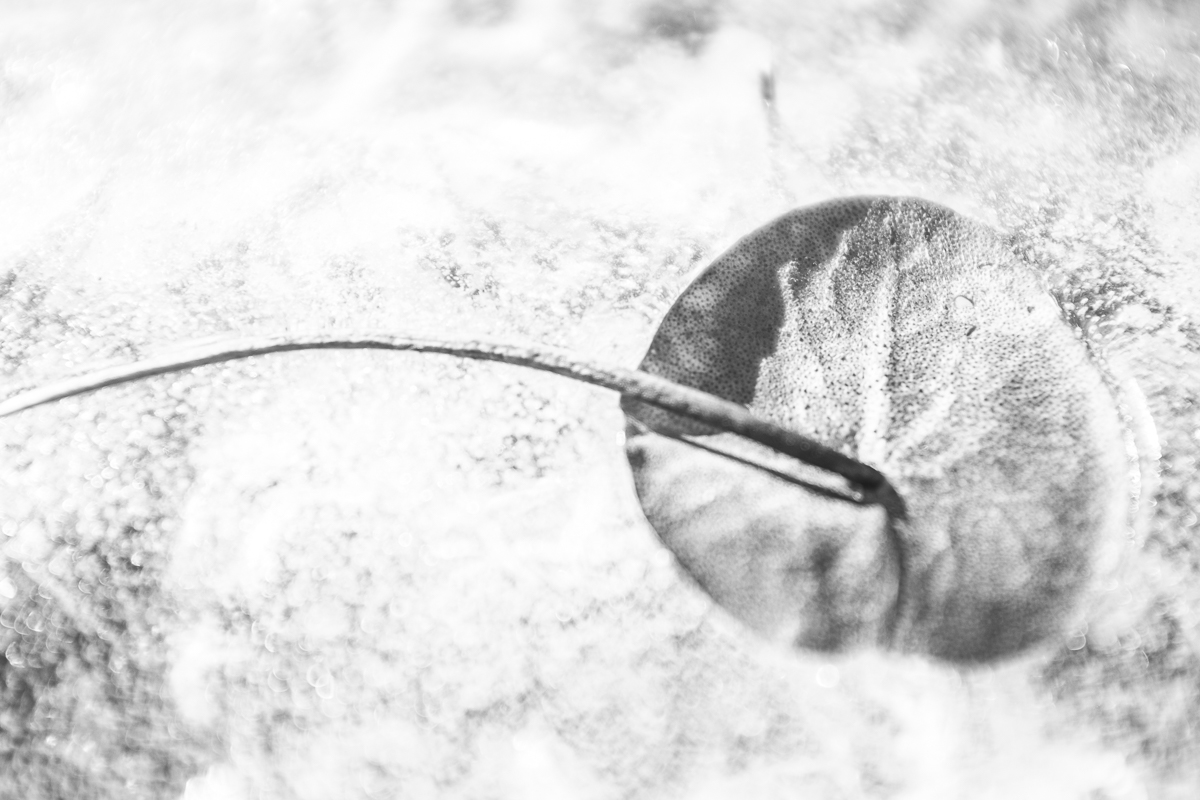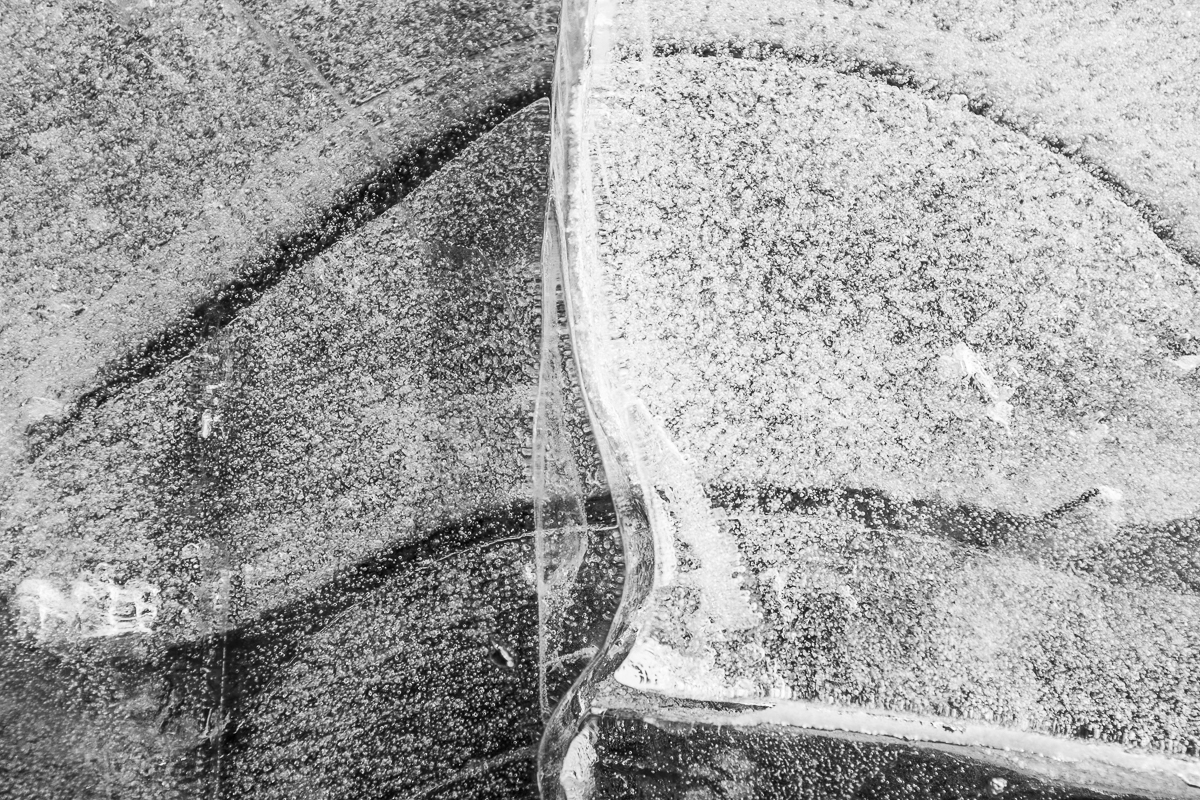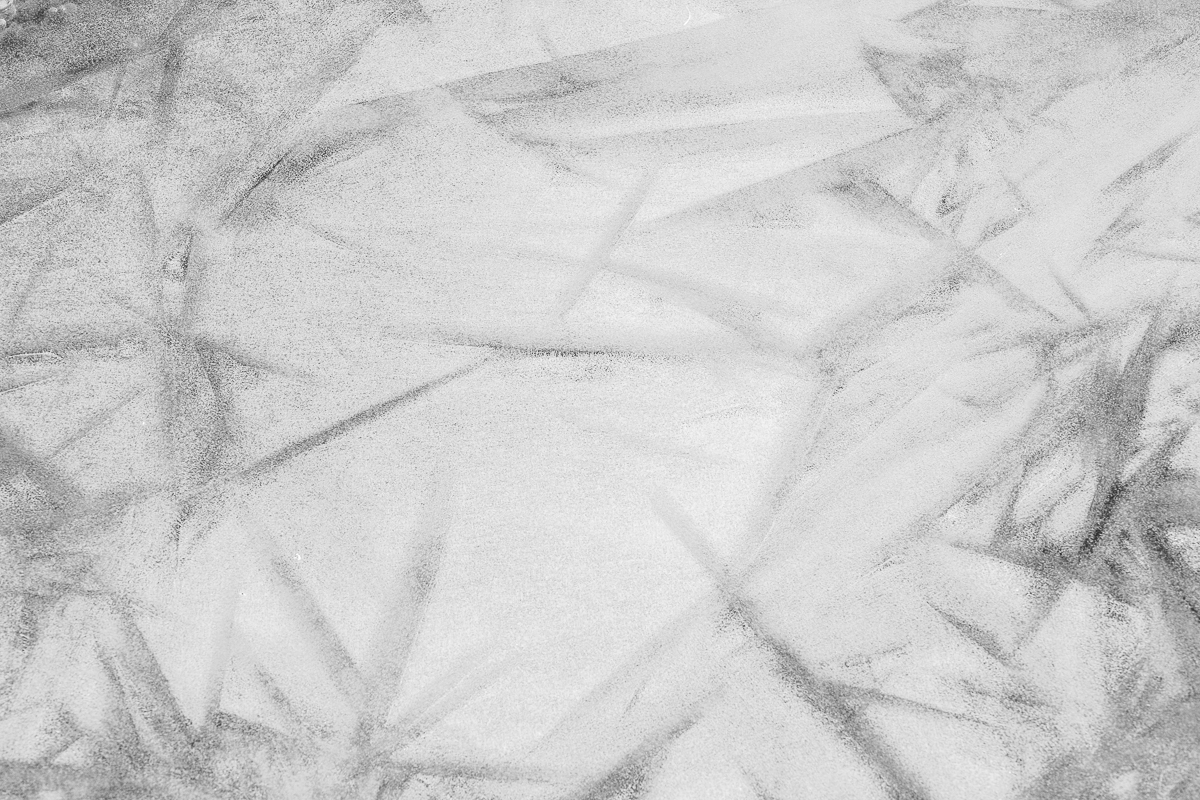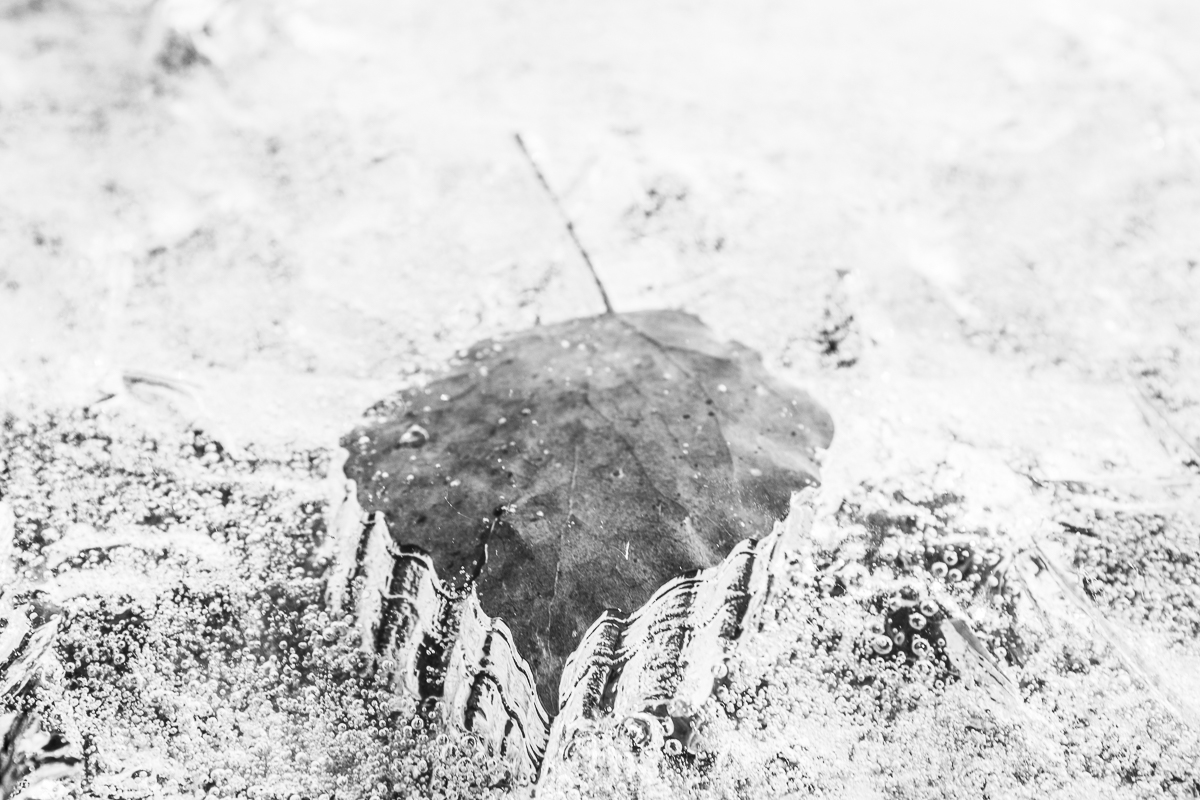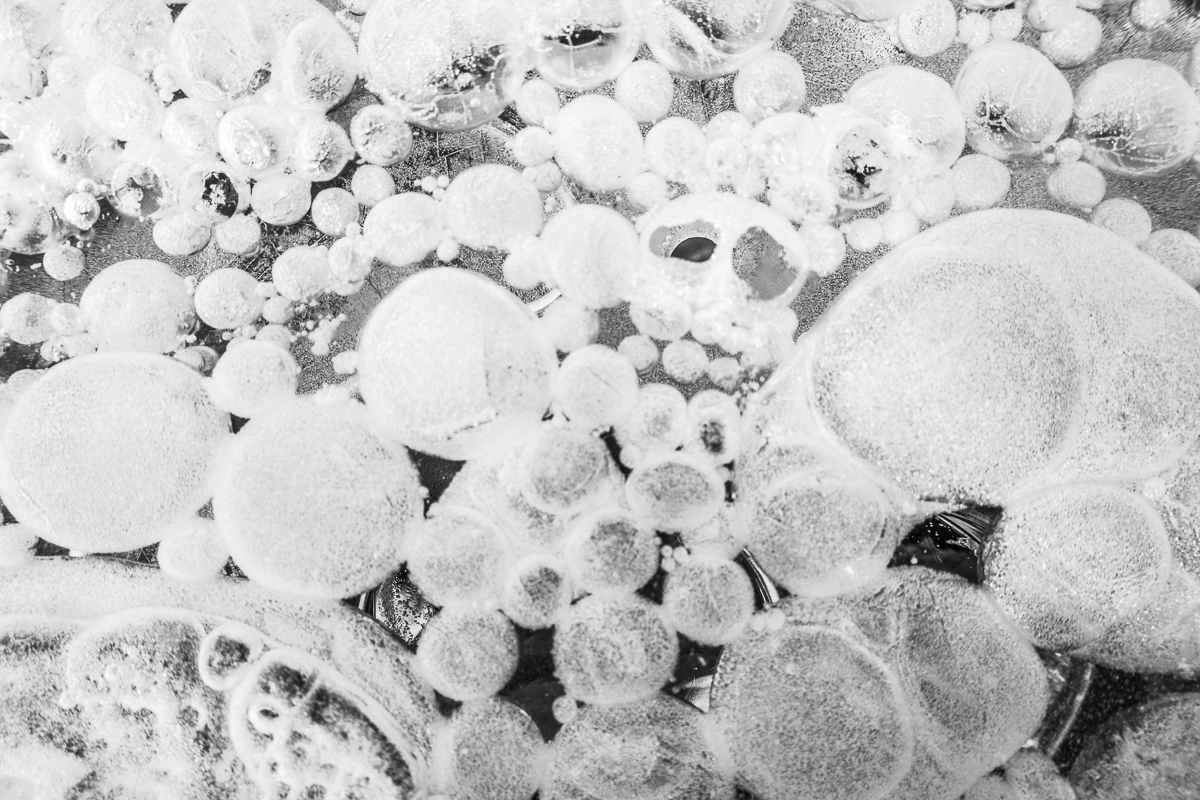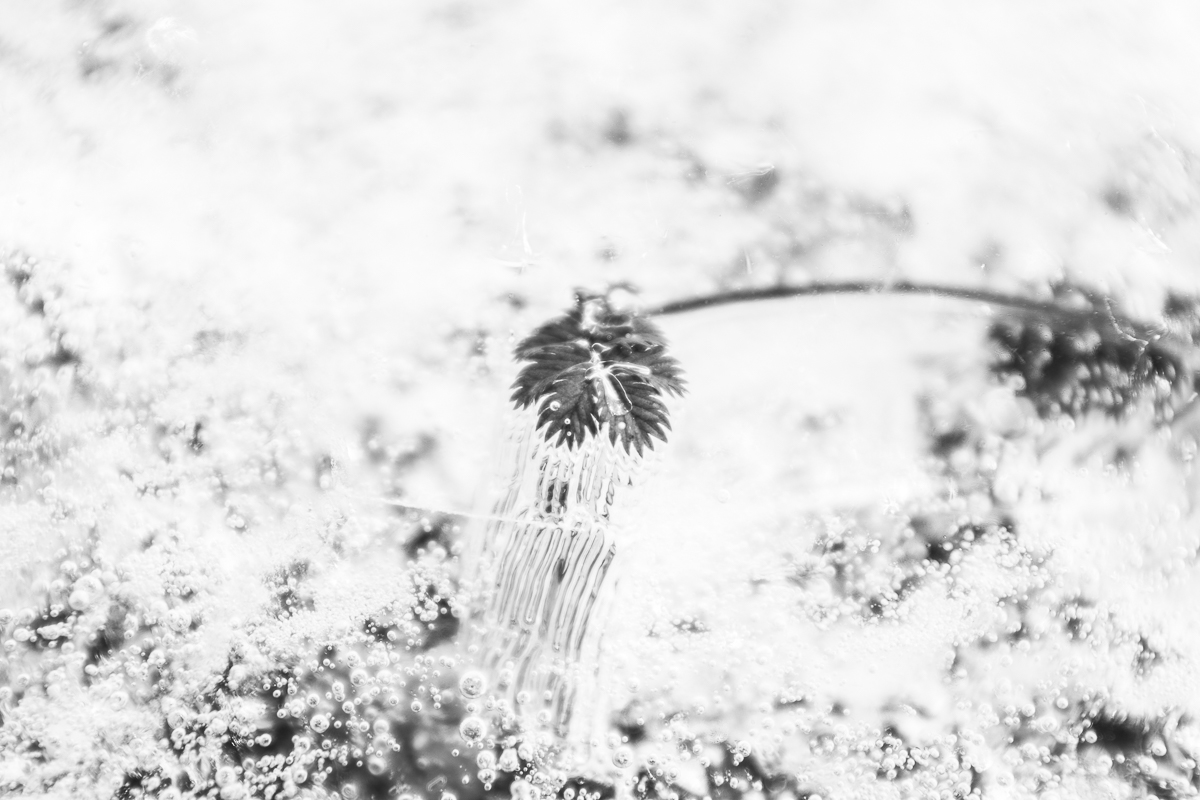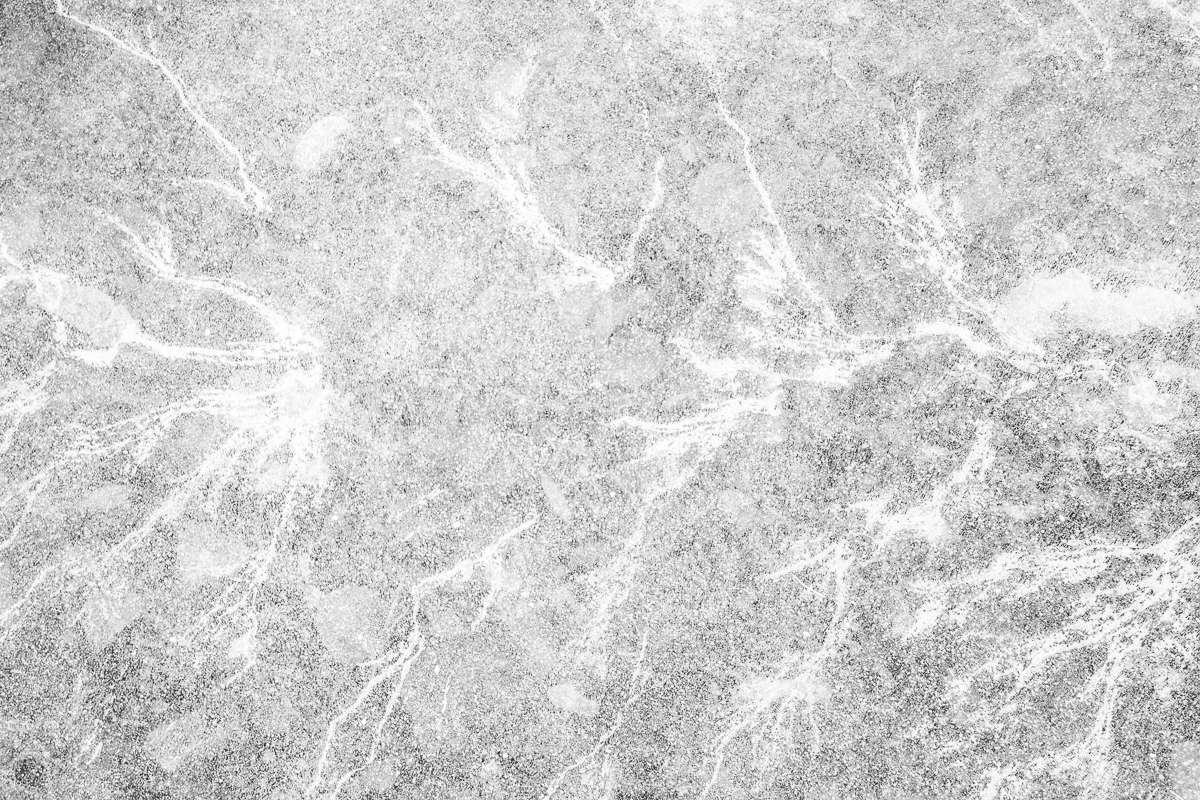Gabriela Bulisova and Mark Isaac
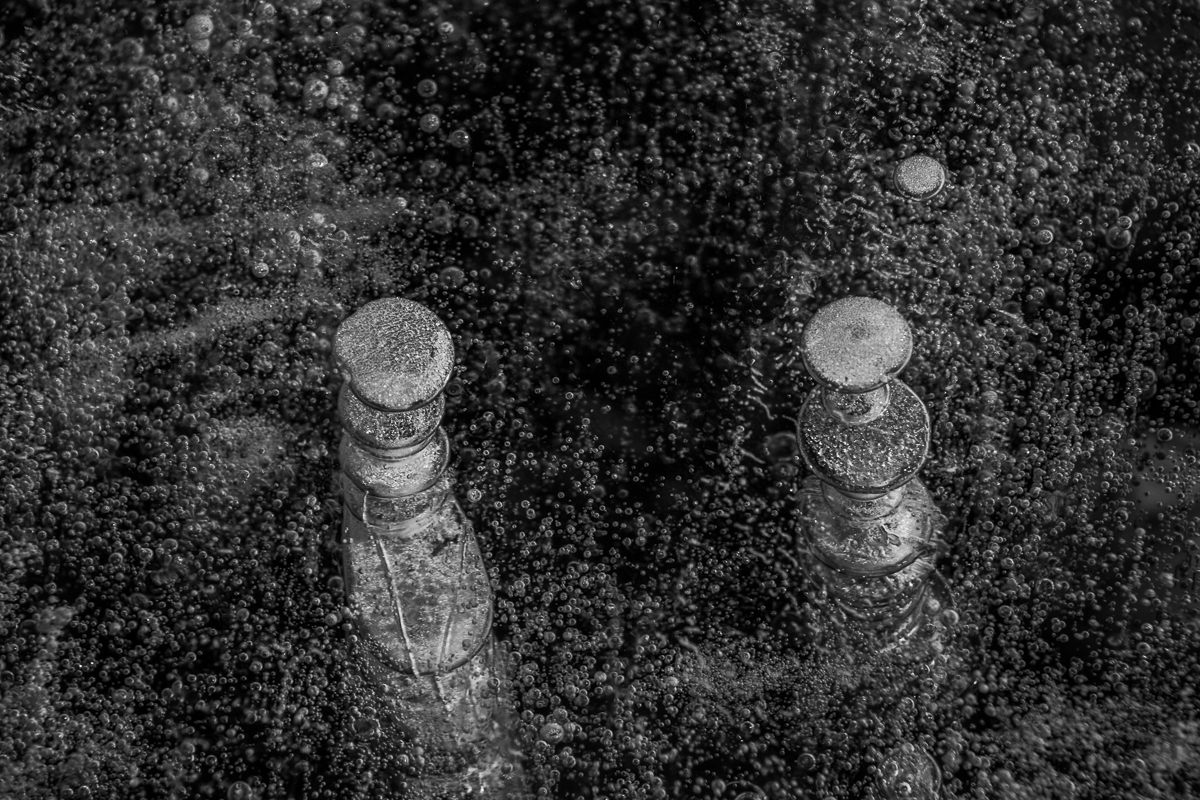
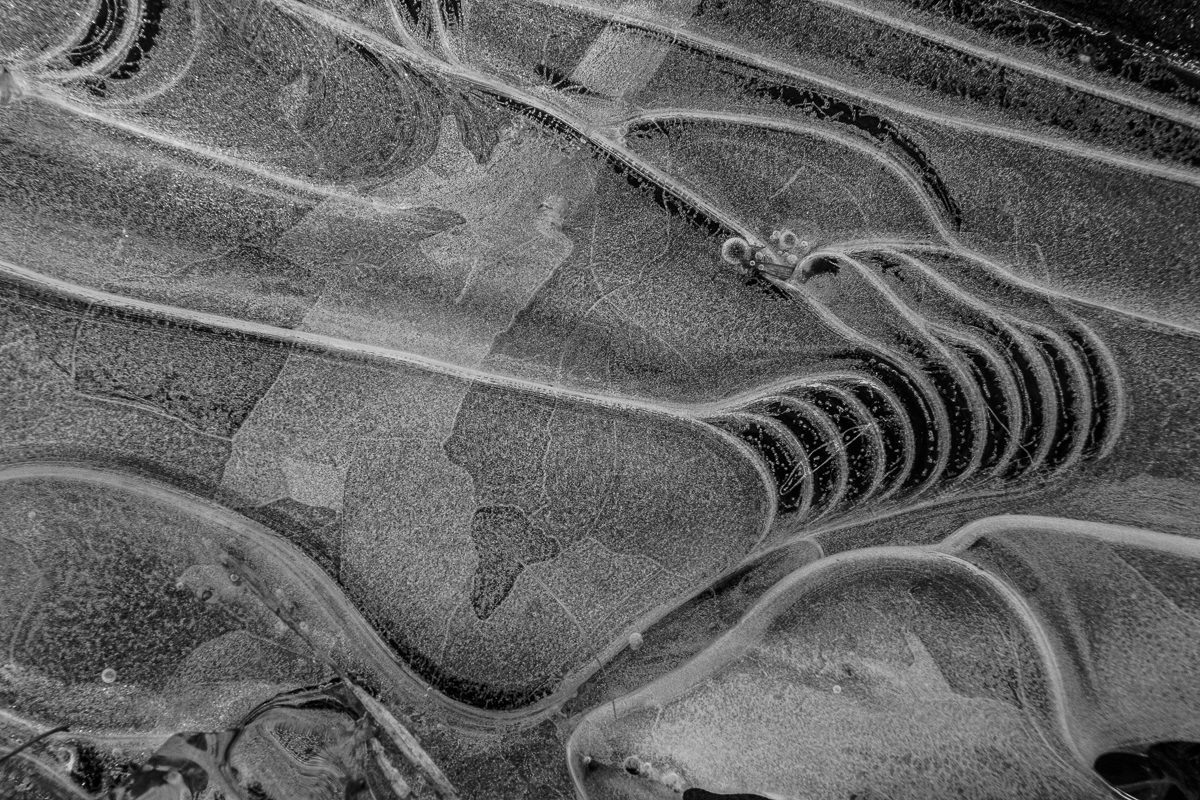
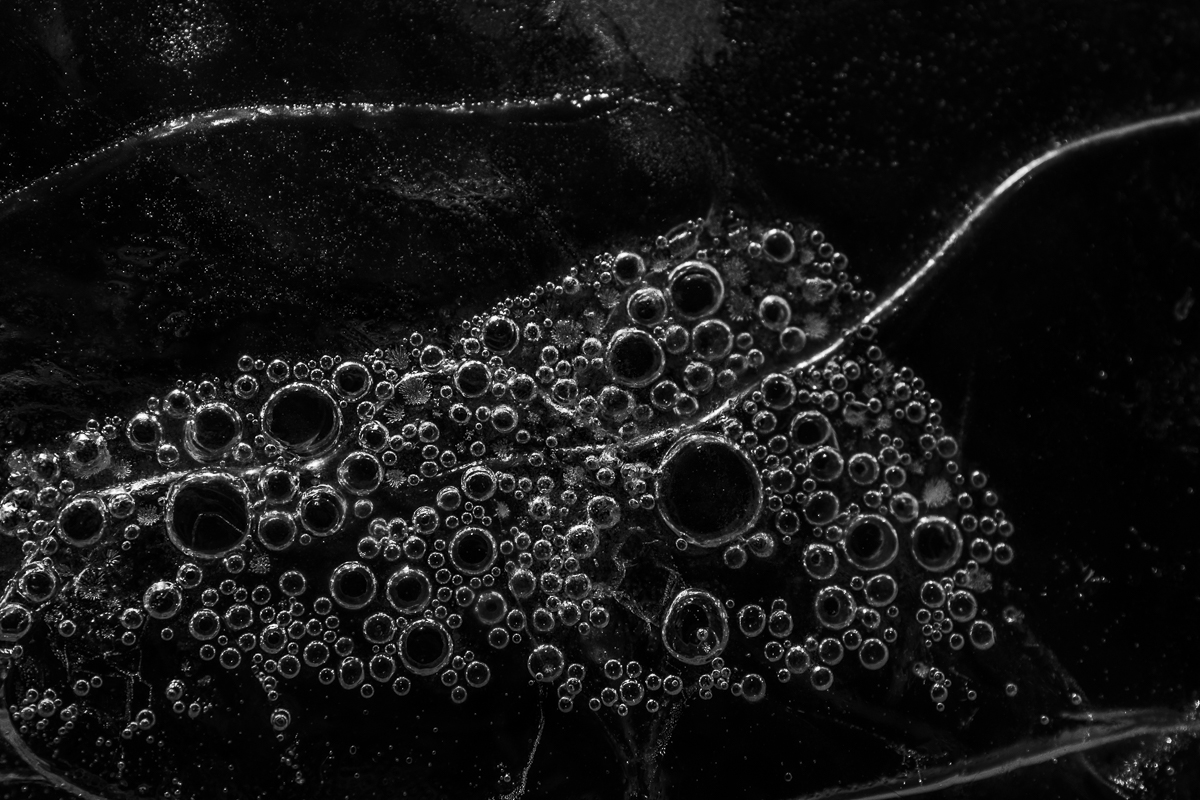
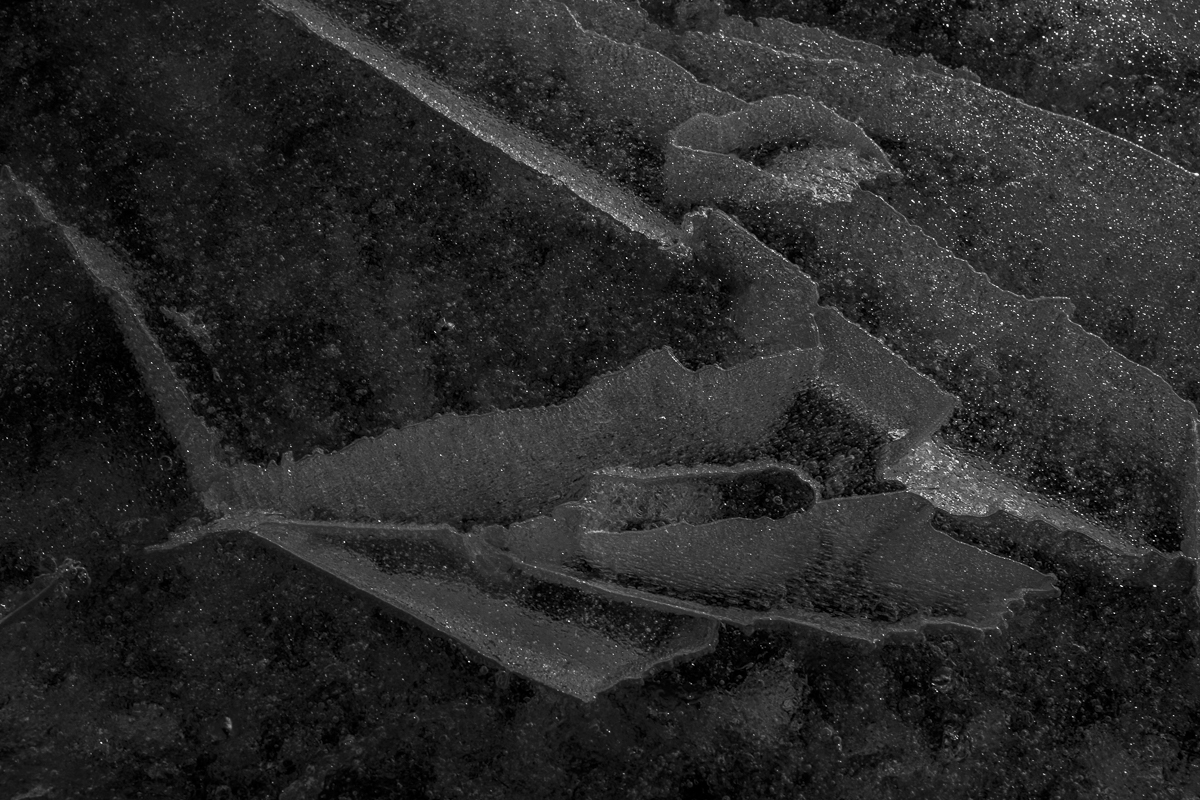
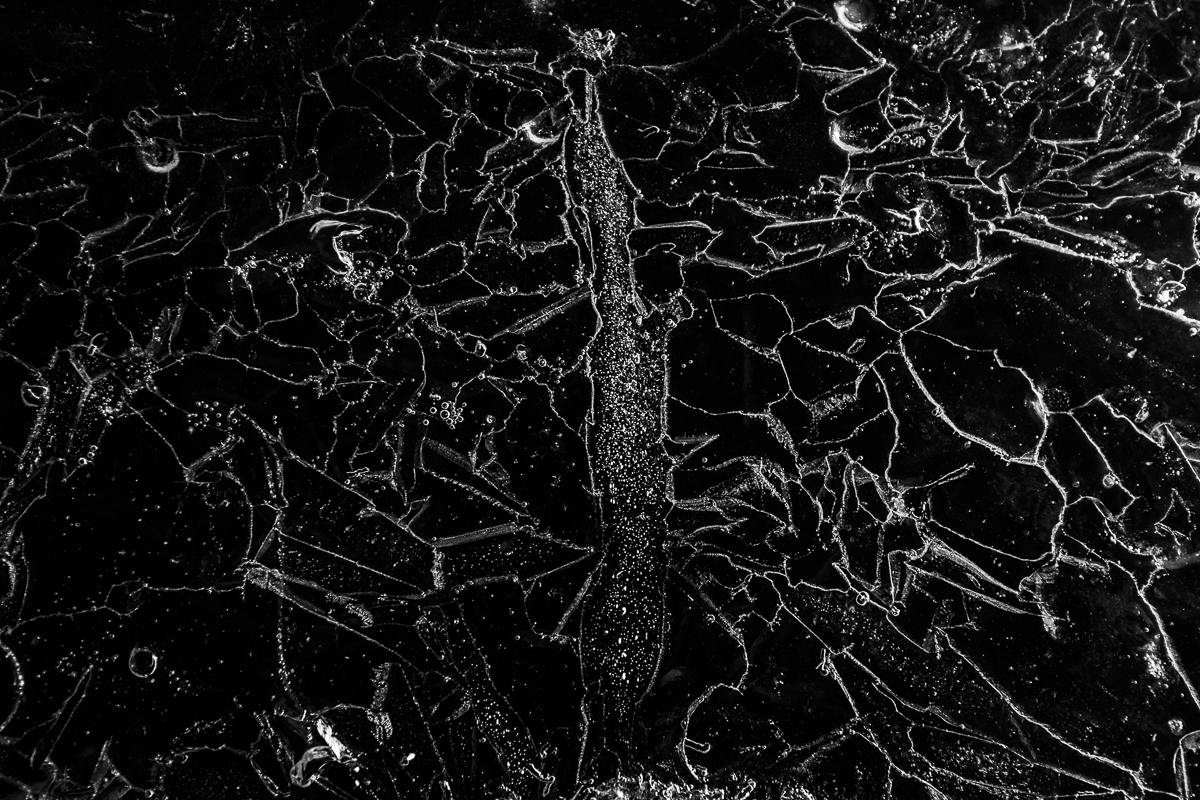
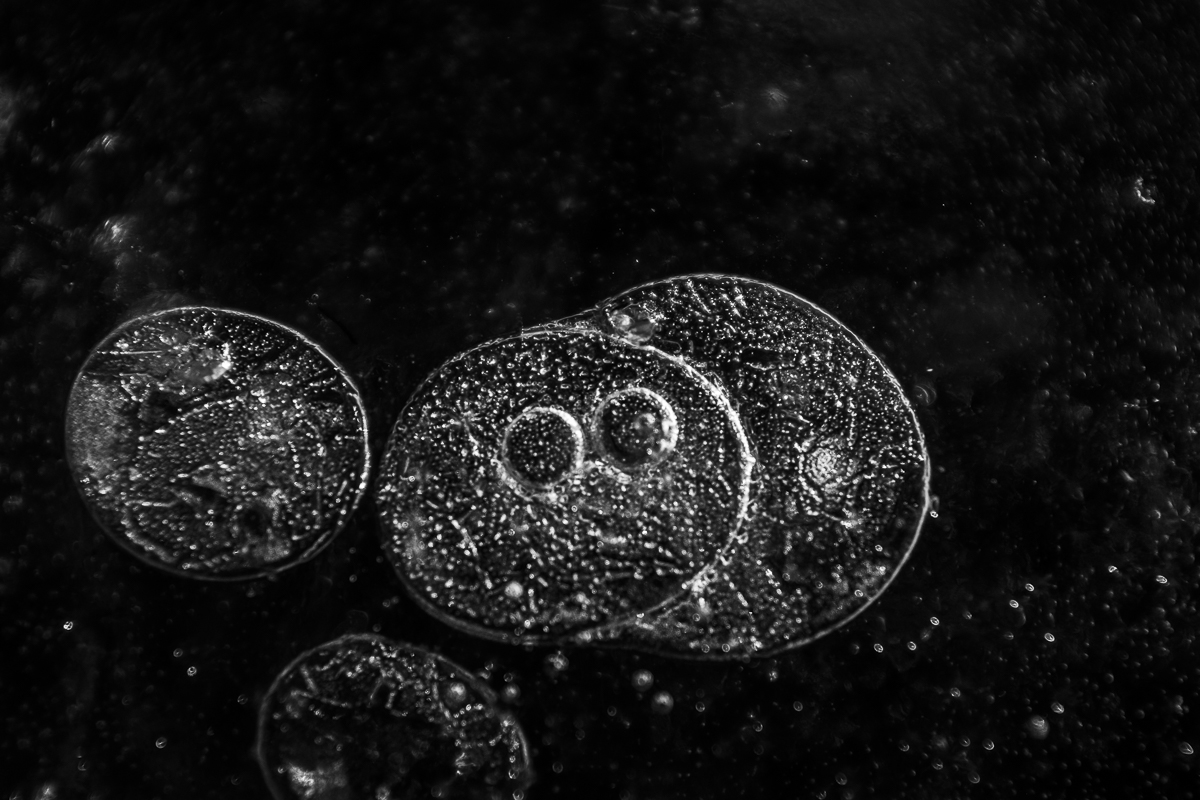
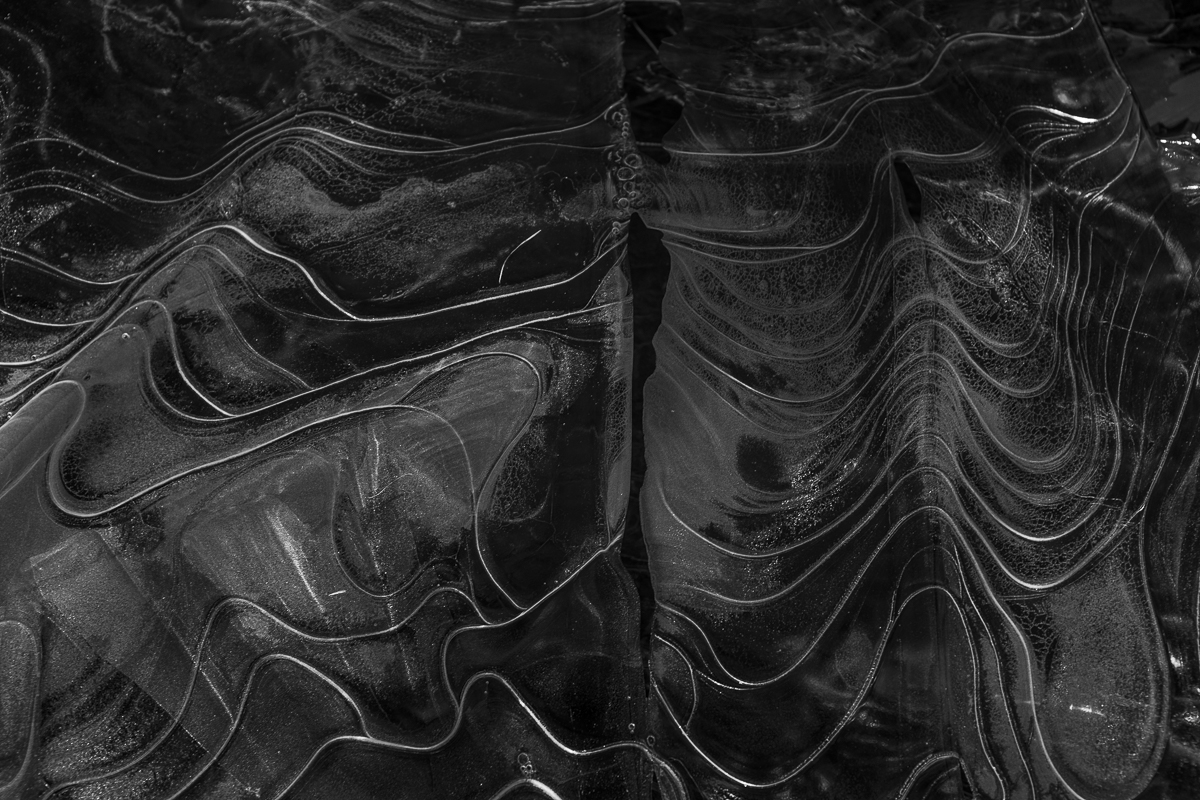
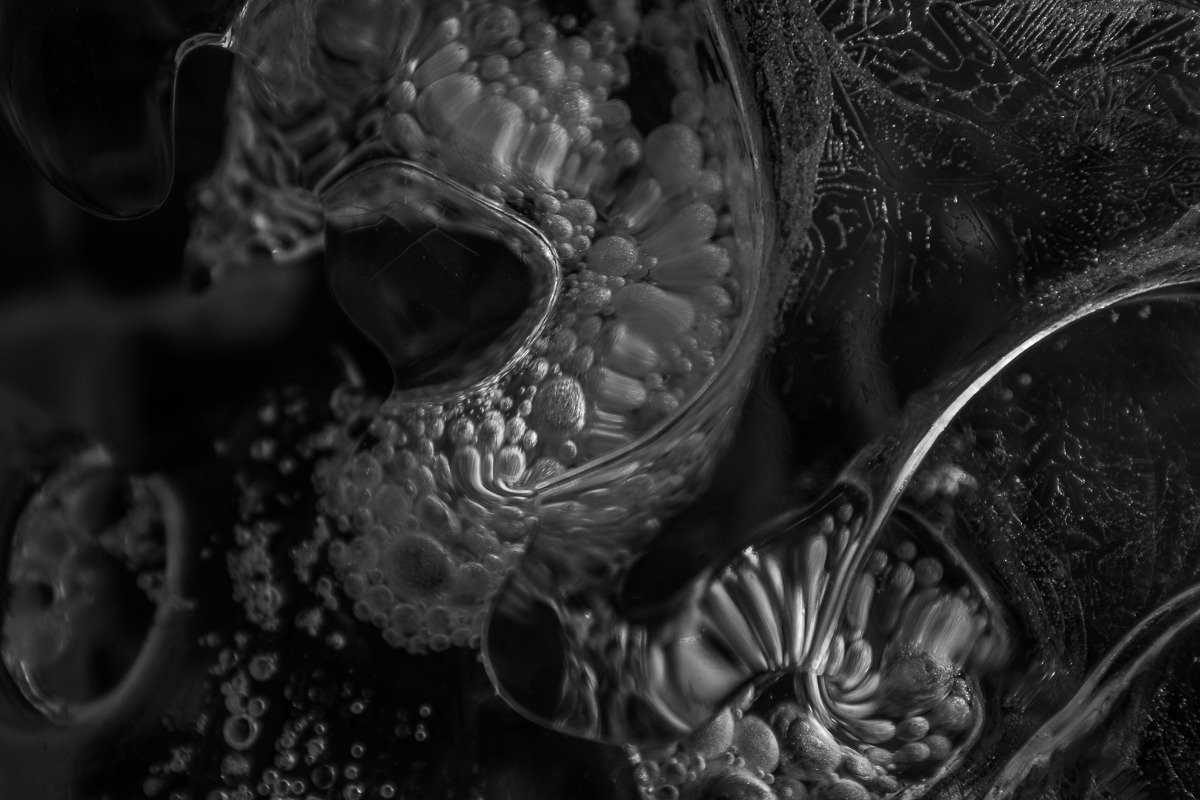
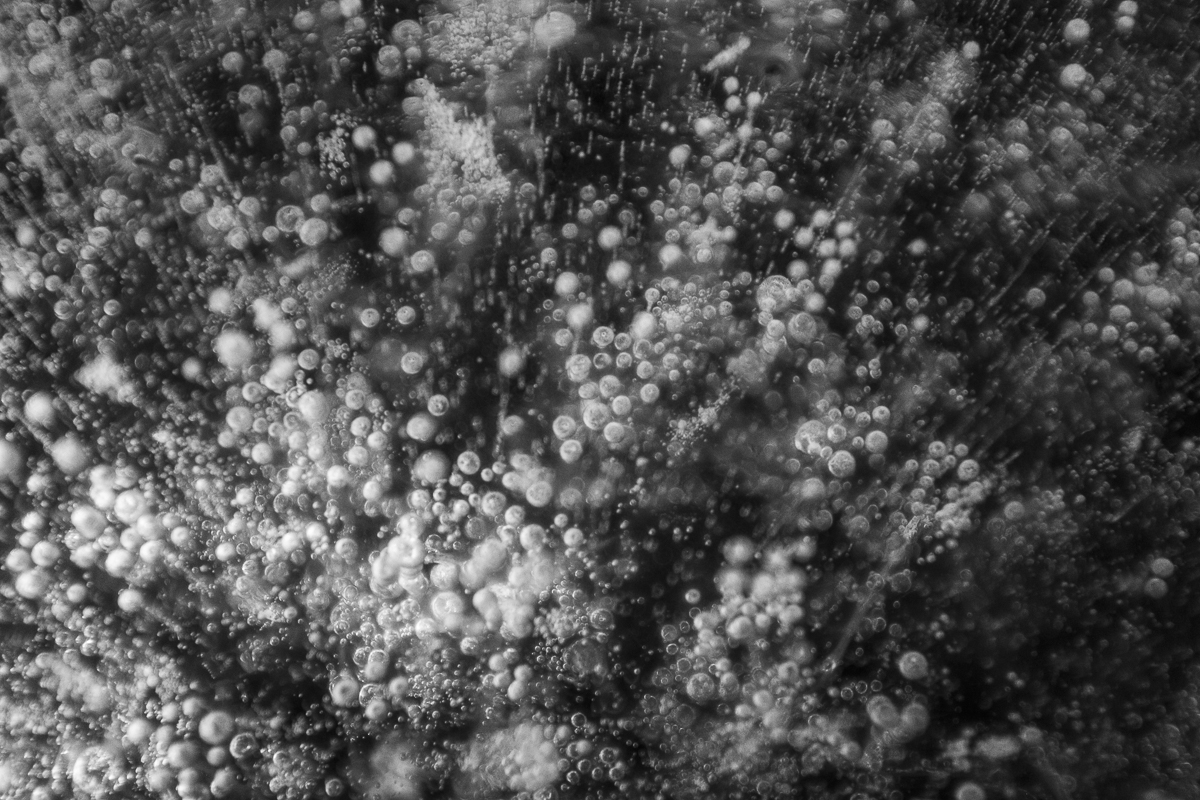
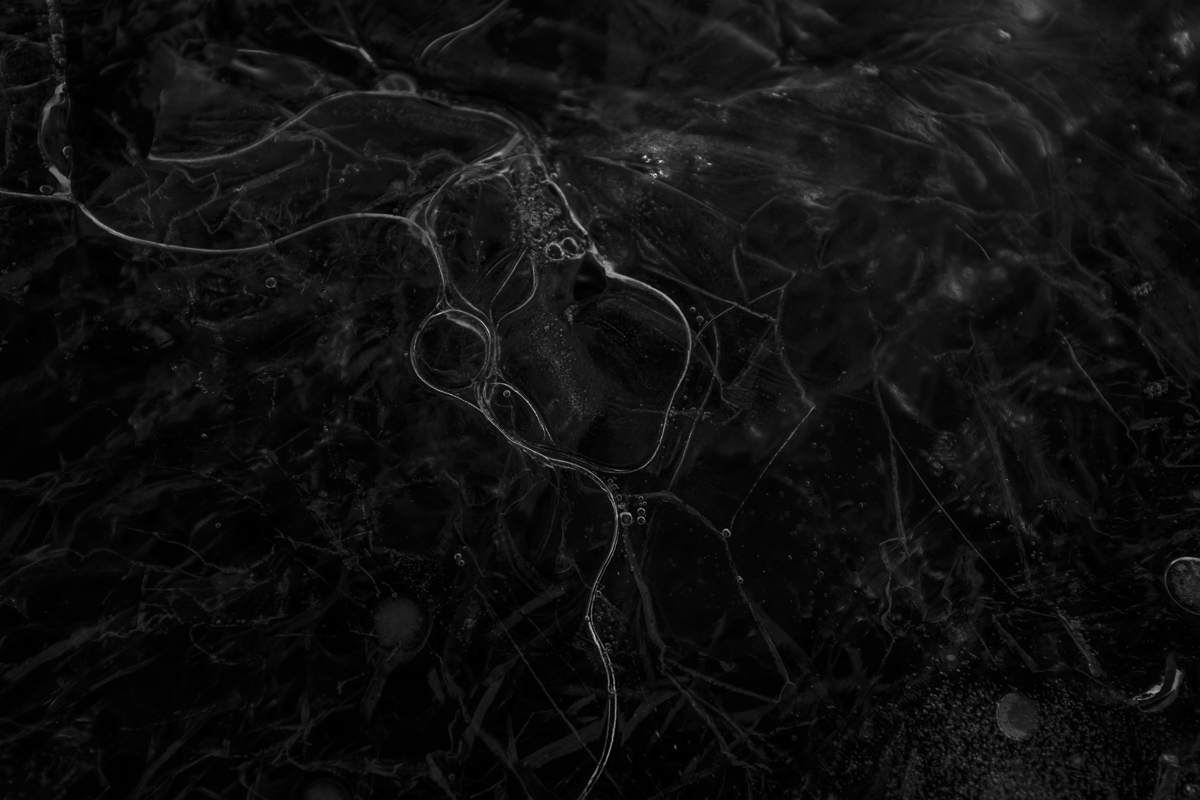

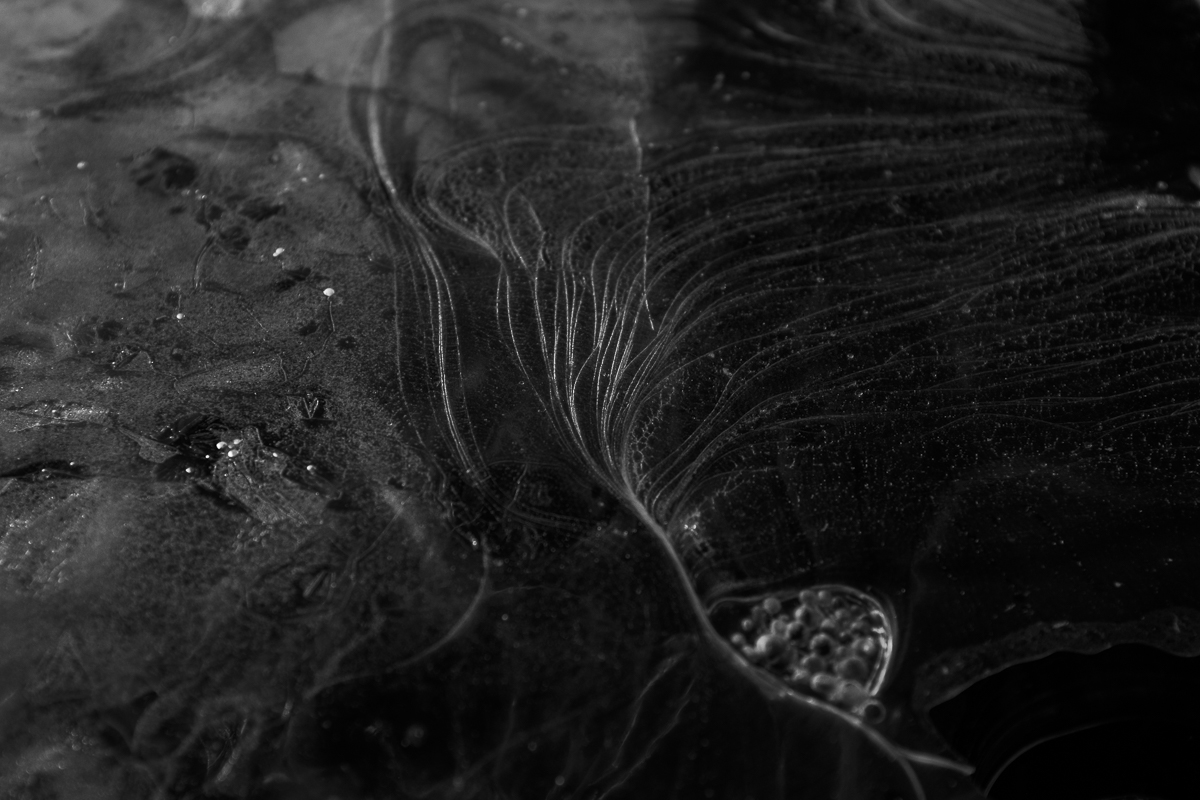

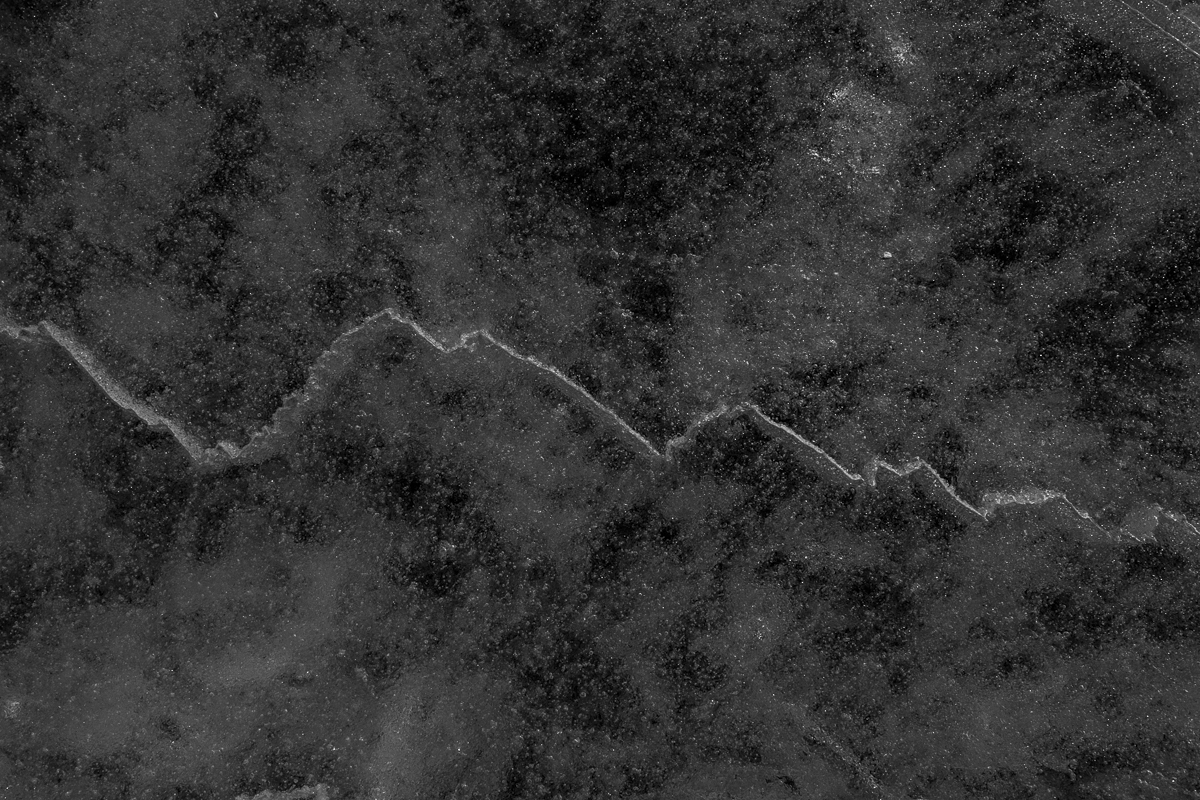
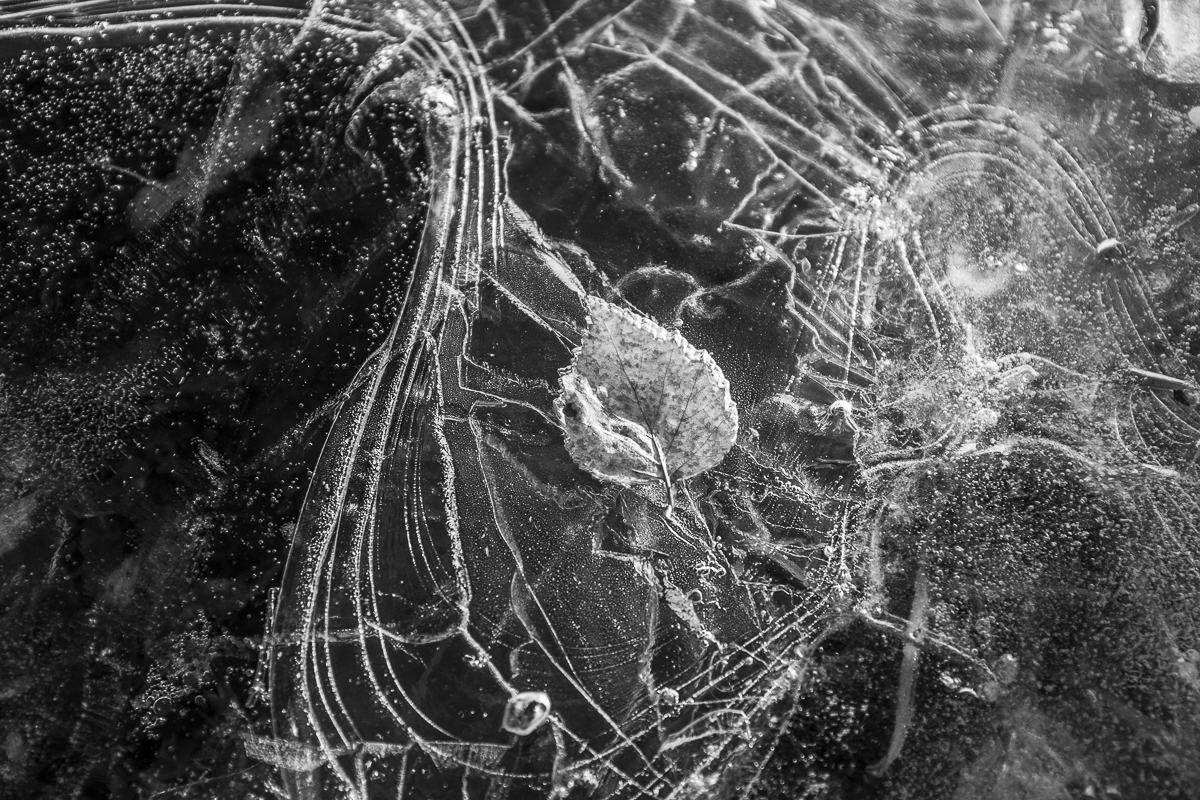
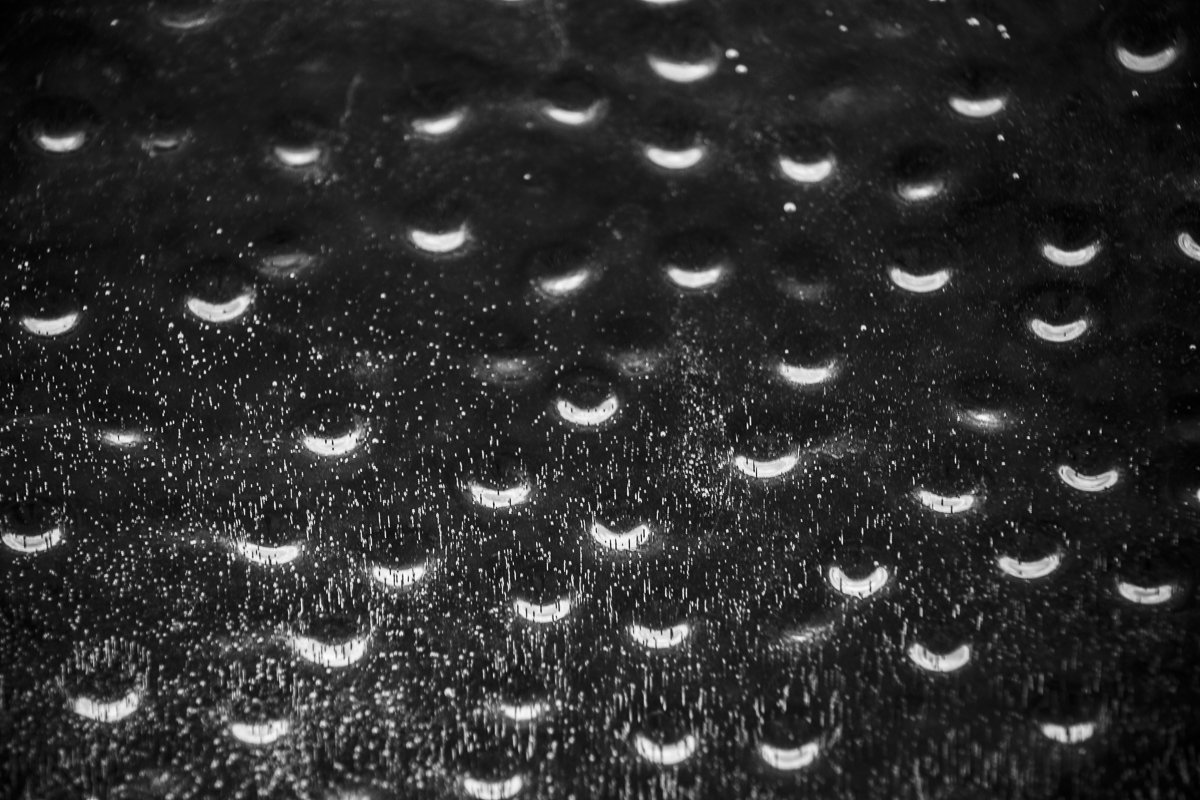
Most people who have never visited Siberia imagine it as a vast territory locked in permafrost. In fact, it was far from that when we arrived in September. We often walked about Irkutsk in shirtsleeves admiring the flowers and enjoying the warm breezes. Temps slowly diminished over time, but were still very tolerable into early November.
When we traveled to Buryatia last week, a remote area on the east side of Lake Baikal, we came prepared for the worst. New thermal boots, thick hats, extra layers, mittens the size of boxing gloves. But most of that was for nothing, since the weather was still cooperating. The temps were relatively balmy for this time of year, hovering between -10 Celsius in the night and +7 during the day (between 14 and 45 degrees Fahrenheit). We left the mittens at our guest house, shed layers, and even removed our coats during hikes.
But...it’s still Siberia, and that means the appearance of ice. Ice is now omnipresent along the coast of Baikal. Its small bays are crystalline. Its nearby wetlands are glazed. Memorable icicles dangle from shrubs, trees, and wiry debris. The undulating grasses of its tributaries are viewable through a transparent screen. And along its shores, the frozen spray forms a winter-long record of the Lake’s waves and the wakes of passing boats.
Unless you’ve been confined to the tropics, everyone is familiar with ice. You know its color, its texture, the threat to safety it can pose. But Baikal’s ice is distinctive, an experience unto itself. A natural artwork that manages to outdo any possible human exploit.
It’s clear, white, gray, black, sometimes in rainbow colors. It’s in crystals, patterns, outlines, layers. It grips plant life, bubbles, and rocks in an unyielding, graceful headlock.
What’s more, it’s already often thick enough to walk on. We hesitantly stepped onto the frozen shallows of wetlands, fearful of falling even a few inches. But locals, knowing its strength from experience, plunged without any qualm into the middle of deep pools.
In art school, learning video, Mark’s class had an assignment to use as many video filters as possible in one short film. The goal was to get it out of the students’ systems once and for all and get back to the basics of shooting.
Maybe that’s what our week in Buryatia was all about, at least in part. For a full week, we celebrated the unparalleled allure of frozen water. We photographed it morning, noon and eve. We have at least 114 gigabytes of Buryatia’s ice frozen on our hard drives.
Is it out of our system now? That is extremely unlikely.
